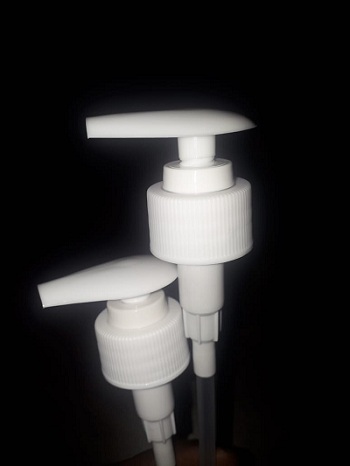|
Polyolefins are being increasingly used in the outdoor environment
where they are required to provide improved life cycle. Polyethylene
film is increasingly used for agriculture in glass houses, while Polypropylene
moulded products are used in furniture, automobile and other sectors.
Polypropylene fibers are used in bags for industrial packaging. This
increased usage has been made possible due to developments in UV stabilization
systems. These systems are essentially developed through Hindered
Amine Light Stabilizers (HALS). Most of the HALS are developed around
Tetra Methyl Piporidinyl property. There are several types of HALS
with different chemical structures, molecular weight and molecular
weight distribution. These variations are responsible for performance
behavior. Additionally solubility, volatality and diffusion parameters
of HALS in Polyolefins provide variations in performance against ultra
violet radiation. The chemical structure around Piperidinyl has been
evolved from Polyamino groups and Polyesters to Triazine. The introduction
of Triazine chemical structure has improved performance of HALS. It
has been observed that molecular weight of about 1500-2000 of an Oligomeric
HALS has optimum performance compared to lower and higher molecular
weight. At the same molecular weight, MWD (molecular weight distribution)
plays an important role in performance behavior.
| (Source: Popular
Plastics & Packaging, September 2000) |
Previous Article
Next Article
Tell Us What You Want

Dispenser Pump, Spray Pump
| | | |
